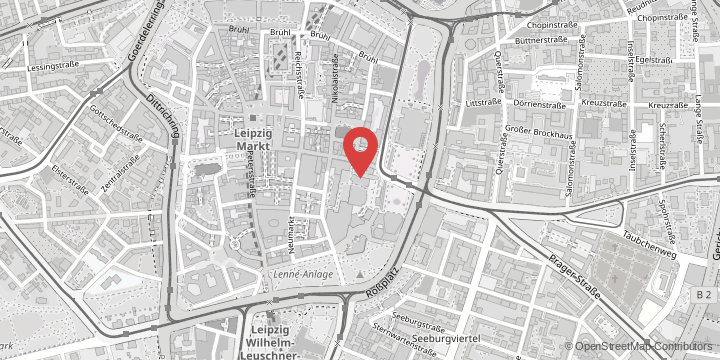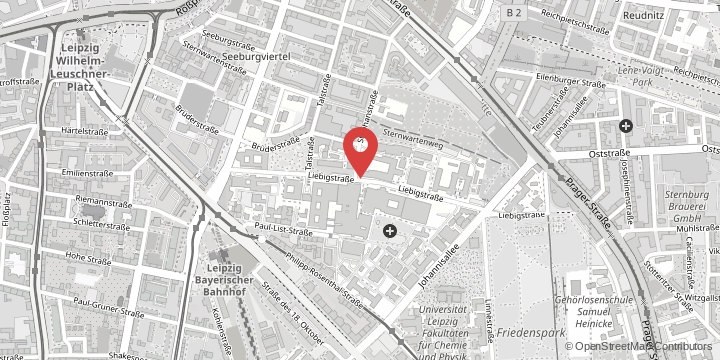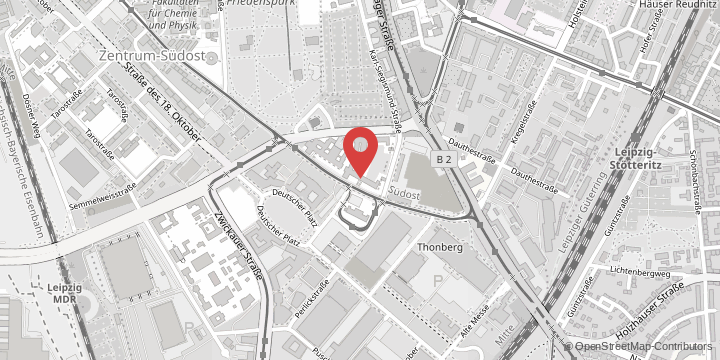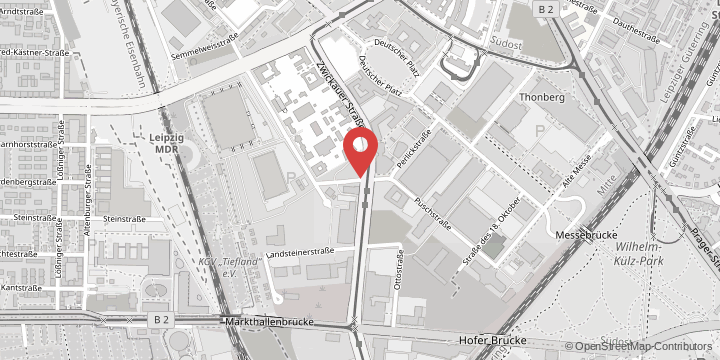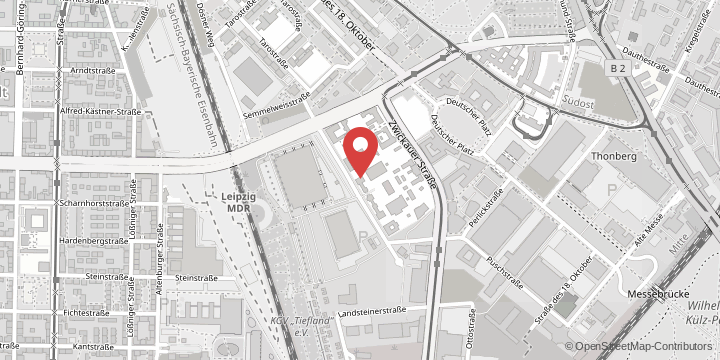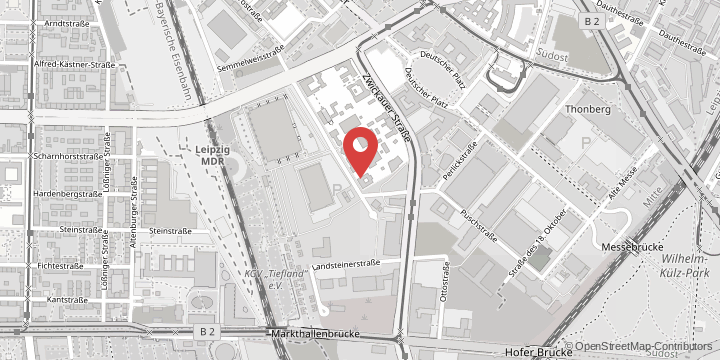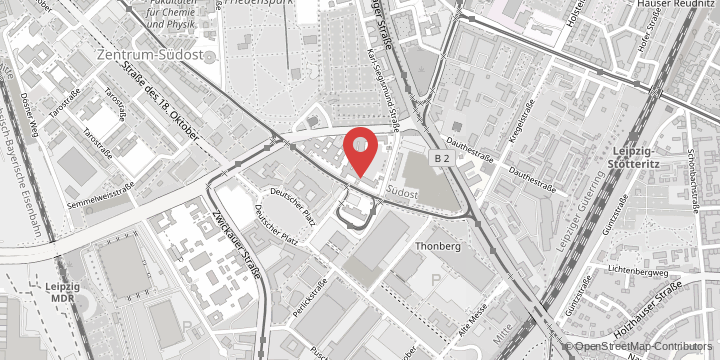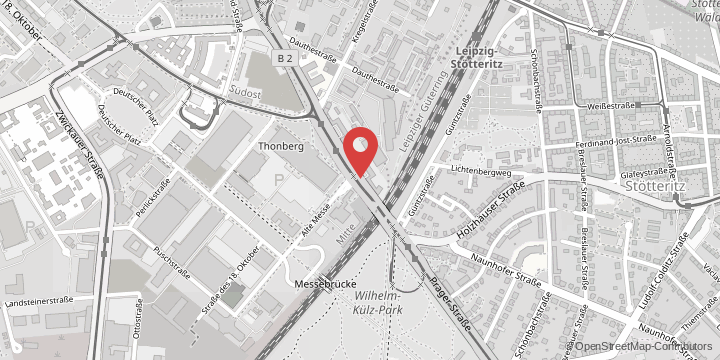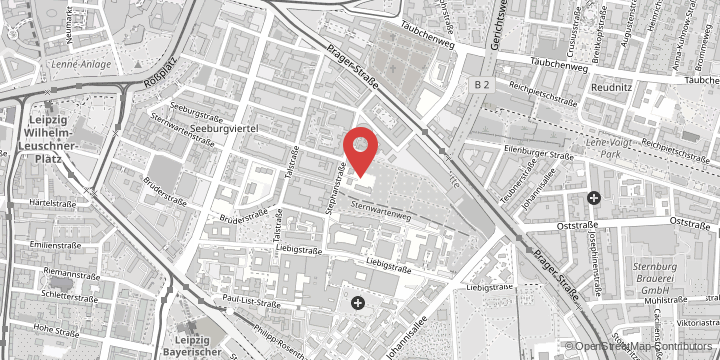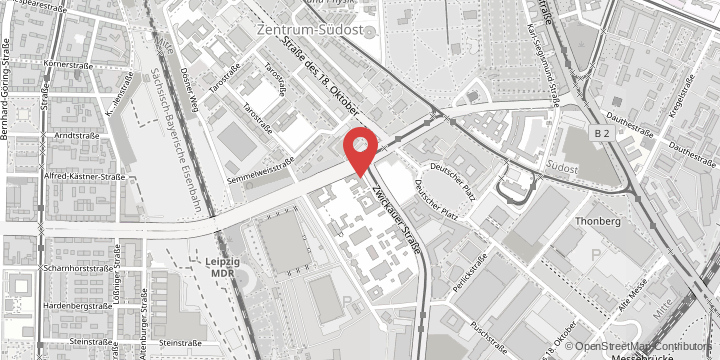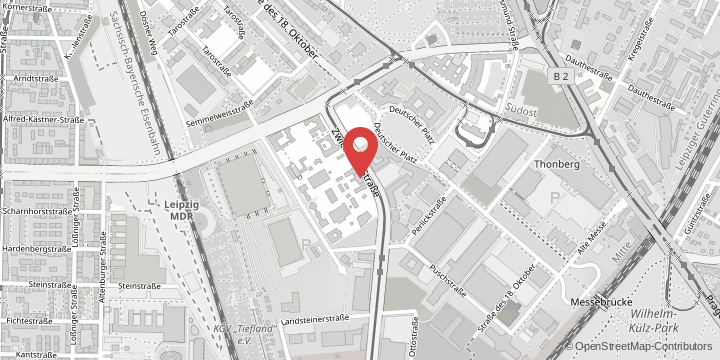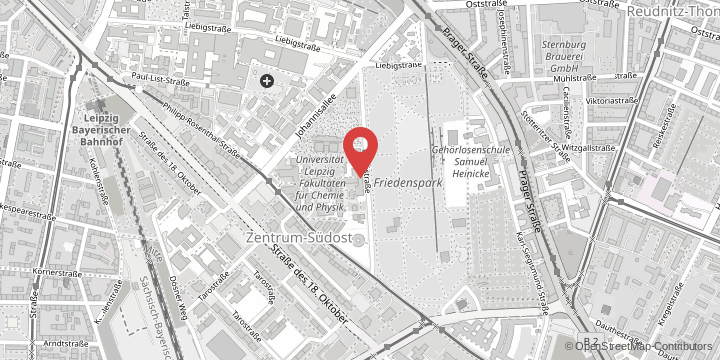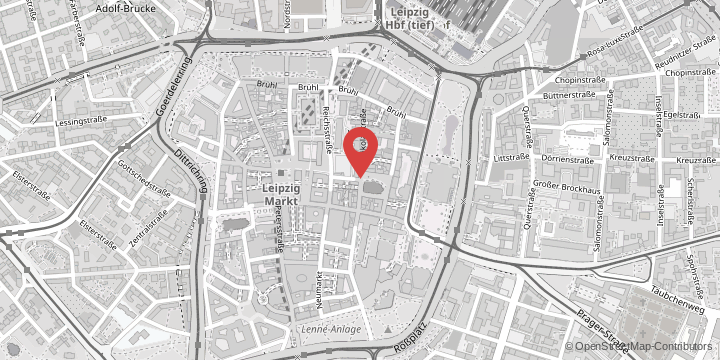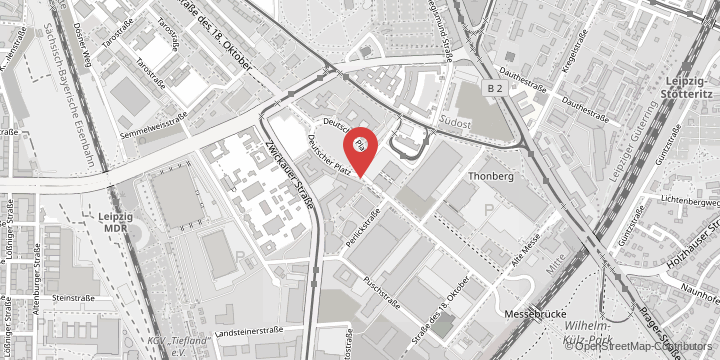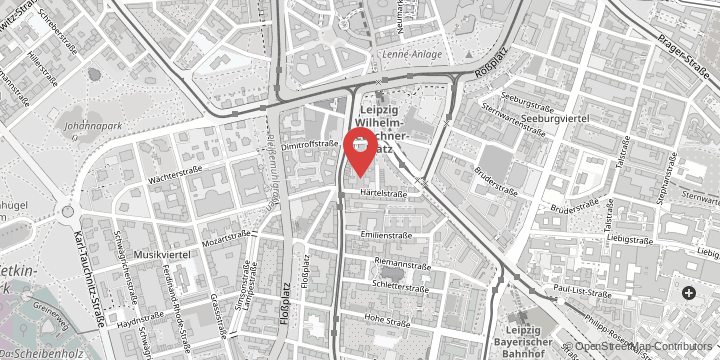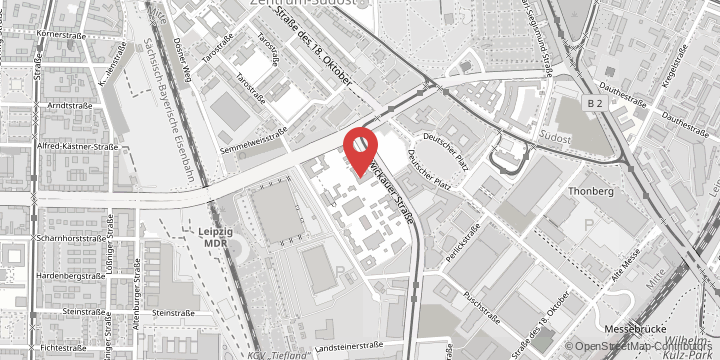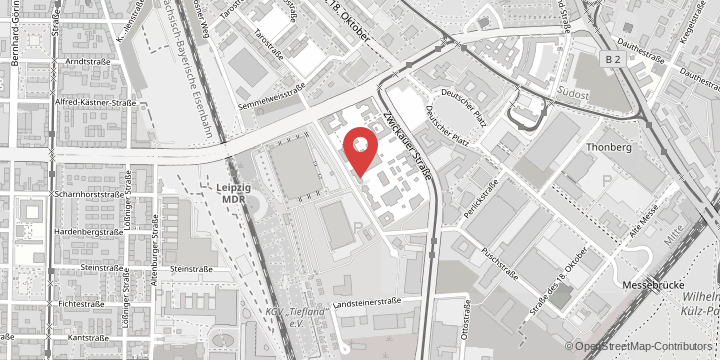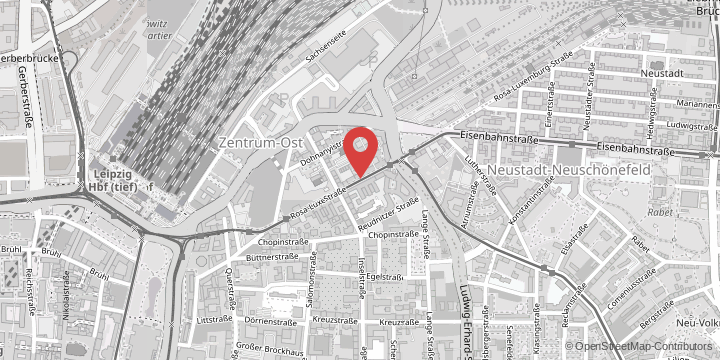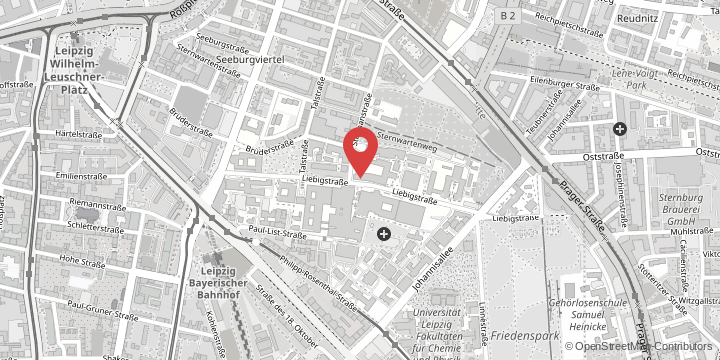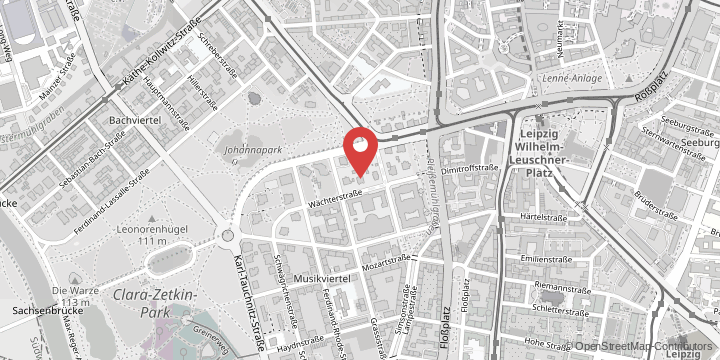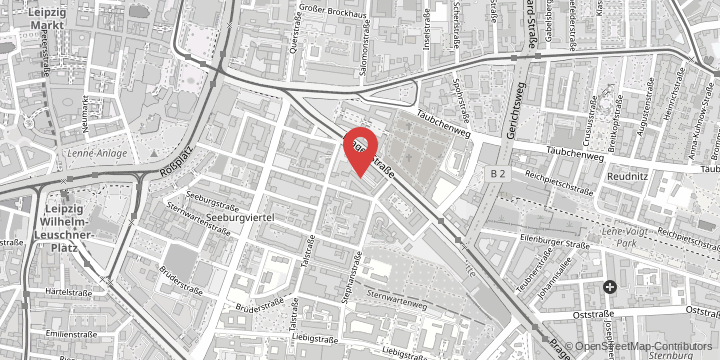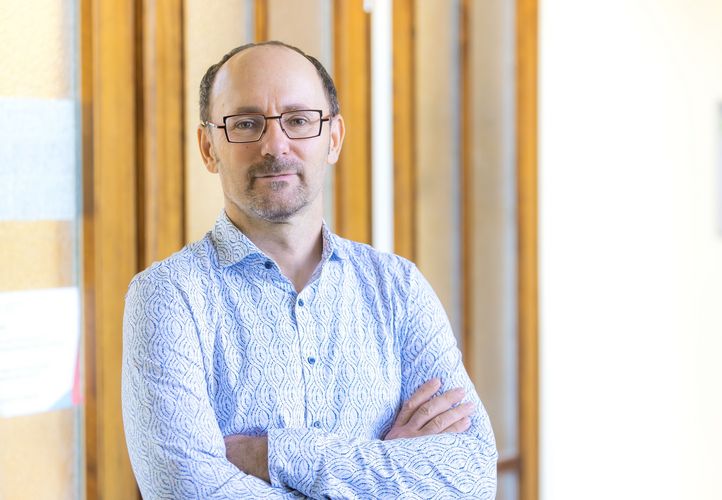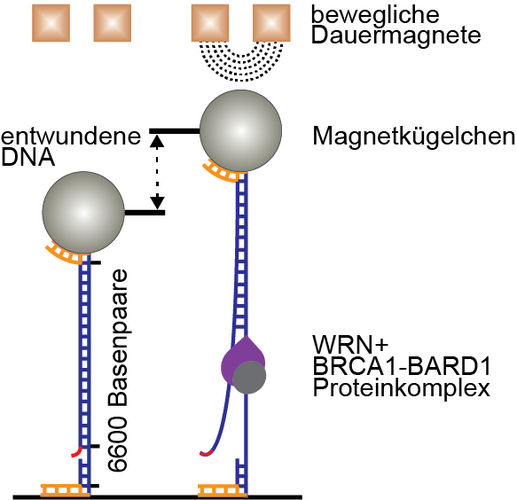BRCA1 is a so-called tumour suppressor, a protein that prevents uncontrolled cell growth. “The important role of BRCA1 in tumour suppression was recognised more than 30 years ago. But until now it was not clear what specific function this protein has in repairing DNA breaks,” says Professor Ralf Seidel from the Peter Debye Institute for Soft Matter Physics at Leipzig University.
A team led by Professor Petr Cejka from the Swiss Institute for Research in Biomedicine, in collaboration with Seidel and his research associate Martin Mütze, have now used molecular biology techniques to investigate just how BRCA1 works in conjunction with other DNA repair proteins. The Swiss researchers recognised that BRCA1 is already active in the first step of double-strand DNA break repair.
Professor Seidel explains: “A molecular motor separates the DNA helix into two single strands at the breakpoint, like undoing a zip. The BRCA1 protein makes sure that the break is made efficiently across thousands of base pairs. Using a special microscope called magnetic tweezers, we in Leipzig were able to directly visualise the DNA breakage process and the influence of BRCA1.”
The scientists used the tweezers to stretch individual DNA molecules and measured their length in real time, which increases when they are separated. “While the molecular motor alone only cut the DNA a little and then closed it again by changing direction, BRCA1 ensured continuous, unidirectional cutting across thousands of base pairs,” says Seidel. This shows that BRCA1 is an important regulator of DNA repair. “With this understanding, it is now possible to look at ways to compensate for a loss of BRCA1 function.” According to Seidel, it is conceivable that other proteins that function in a similar way to BRCA1 could be stimulated, for example by drugs. “But there’s still a long way to go.”
Original publication:
“Mechanism of BRCA1-BARD1 function in DNA end resection and DNA protection”, DOI: 10.1038/s41586-024-07909-9.






